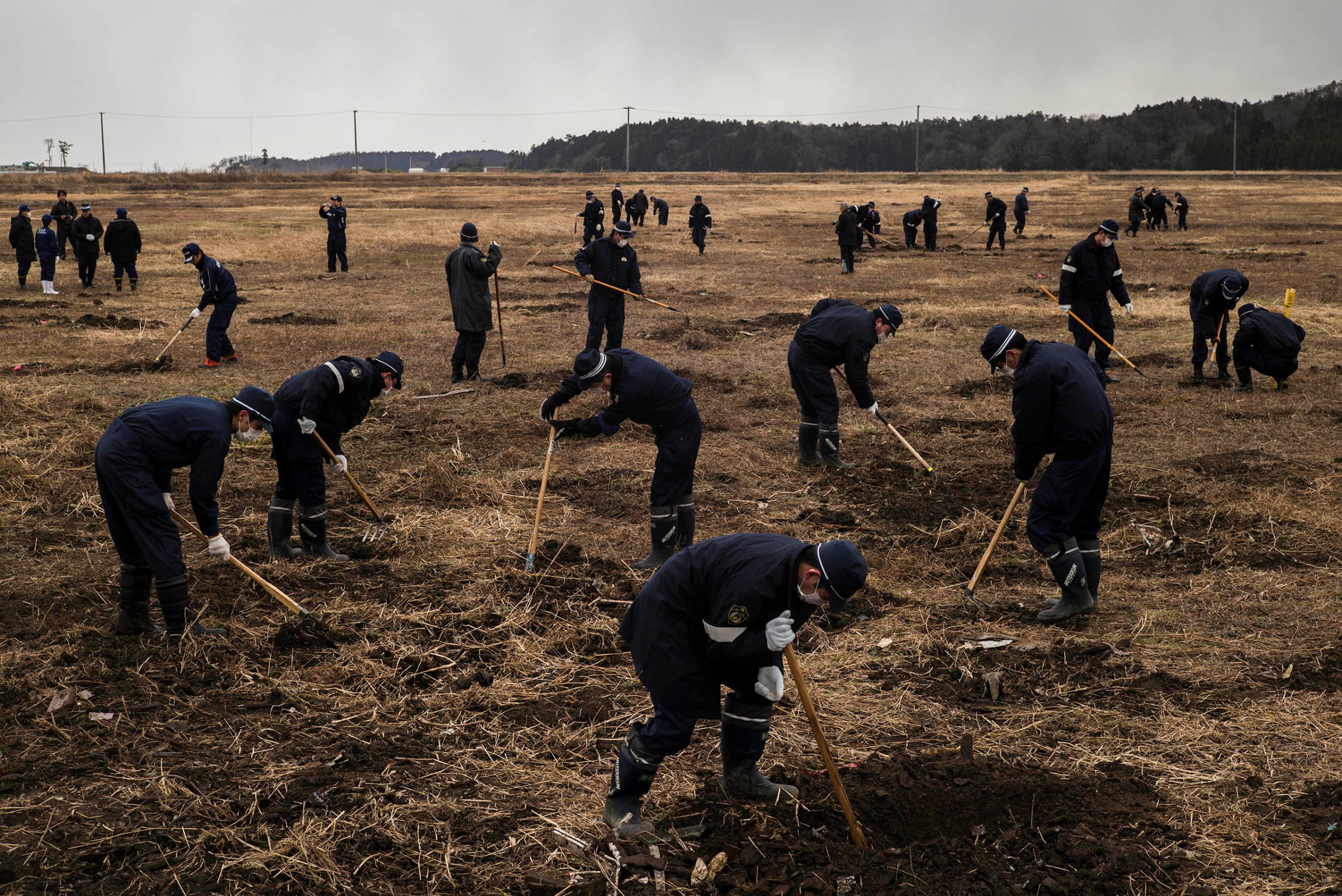
A sense of normalcy has fallen on Fukushima. It was only five years ago that the devastating March 11, 2011, earthquake and tsunami killed at least 15,000 people and sent into meltdown the Daiichi nuclear power plant. But, these days, few people mention the toxic levels of radiation in the region.
Highway 6, which runs along the nuclear plant, is once again open to traffic. New houses are springing up. Stores and restaurants are back in business and thousands of workers have flocked to the area, buoyed by the promise of well-remunerated cleaning jobs. To hear photographer Dominic Nahr tell it, it’s as if an entire population, led by local and national authorities, had erased from their mind the threat of radiation poisoning.
“On a local Fukushima television channel, a newscaster was on saying, ‘Look at me, I’m next to the nuclear plant and I’m not wearing a protective suit,’” Nahr says. “Everyone is trying to push the message that it’s now safe.”
Nahr first went to Fukushima in 2011, as part of a team of TIME journalists reporting on the tsunami’s aftermath. Over the past five years, he has routinely gone back to the region, sometimes on his own and other times with TIME’s East Asia bureau chief Hannah Beech. For him, there’s no doubt that things have changed in the intervening years. “The second time I went there, in 2012, I had to dressed up as a nuclear worker to sneak into the exclusion zone,” he tells TIME. “Now, it’s really weird. It’s completely opened. They make it seem like it’s normal.”
While it’s still too early to access the final physical toll that radiation has had on the local population, Nahr has borne witness to the pervasive psychological impact, and the way it echoes throughout society. For examples, Nahr says, those who used to live inside the 20-km. exclusive zone have gotten financial compensation that sets them apart from their neighbors. “You’re seeing a lot of expensive cars and big houses,” he says. “This is creating a lot of tensions within the community.”
Isolation has also taken its toll. Some of the former residents have been relocated in temporary housing building that are generally separated from the rest of the community. One woman Nahr met doesn’t have a car. “All her friends are far away so she doesn’t see them, furthering her feeling of isolation,” he says. “She is a single mother of three, disconnected through a recent divorce from her husband’s family and due to money issues not very close to her own.”
And then, there are the rumors and the fear of what comes next – after five, 10 or 25 years of exposure to residual radiation. “What does it mean for the kids in the long run?” asks Nahr, who adds that mothers worry that the slightly sign of illness in their children is due to radiation. “I’m hanging out with people who feel they are getting sick.” Yet, while some will speak to an outsider like Nahr, most remain silent—just one more way for Fukushima, however deceptively, to maintain its new normal.
Dominic Nahr is a photographer working in Africa, Asia and the Middle East. Follow him on Instagram: @dominicnahr
Photo essay edited by Alice Gabriner, TIME‘s International Photo Editor, and Andrew Katz, TIME‘s International Multimedia Editor.
Olivier Laurent is the editor of TIME LightBox. Follow him on Twitter and Instagram @olivierclaurent

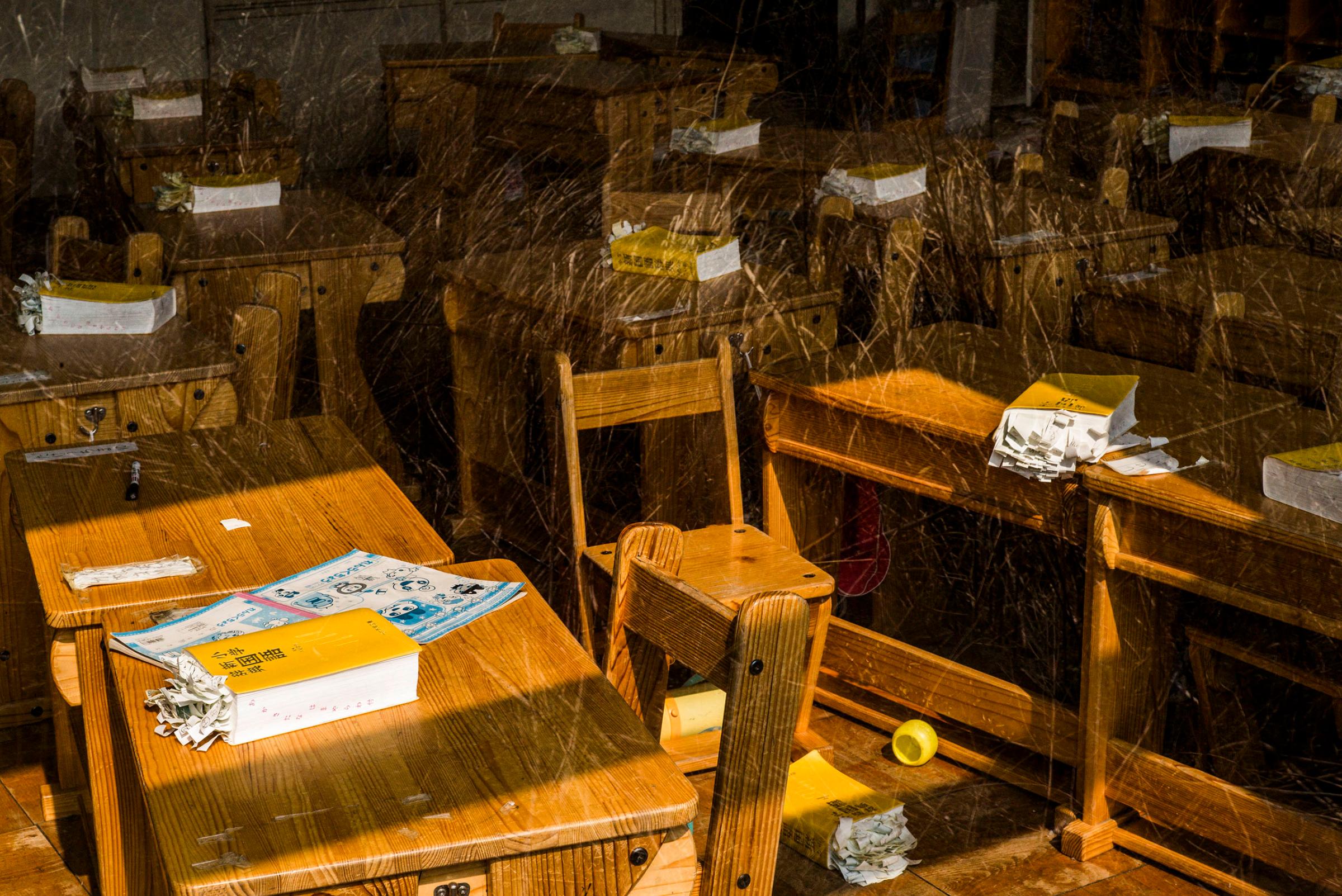
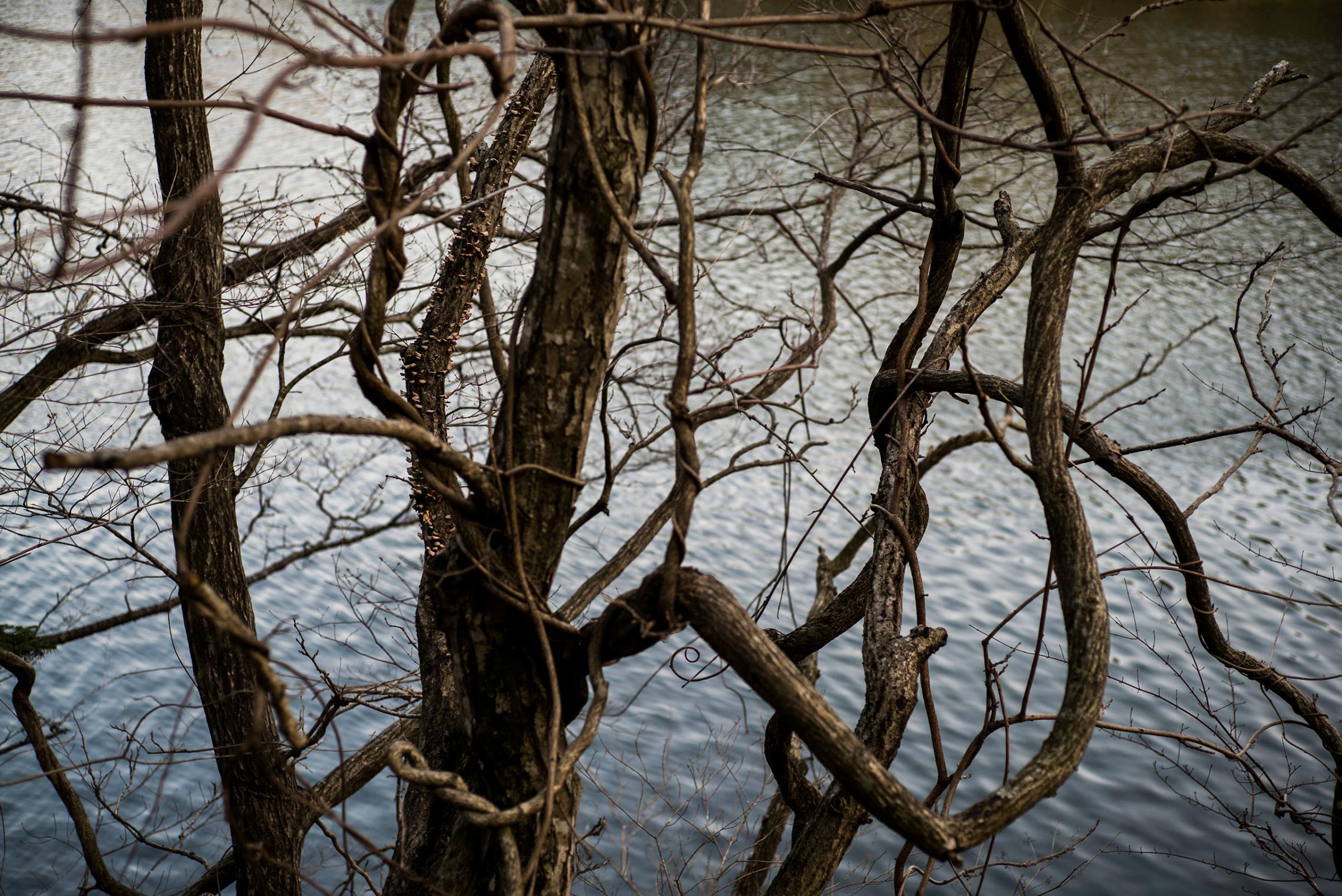
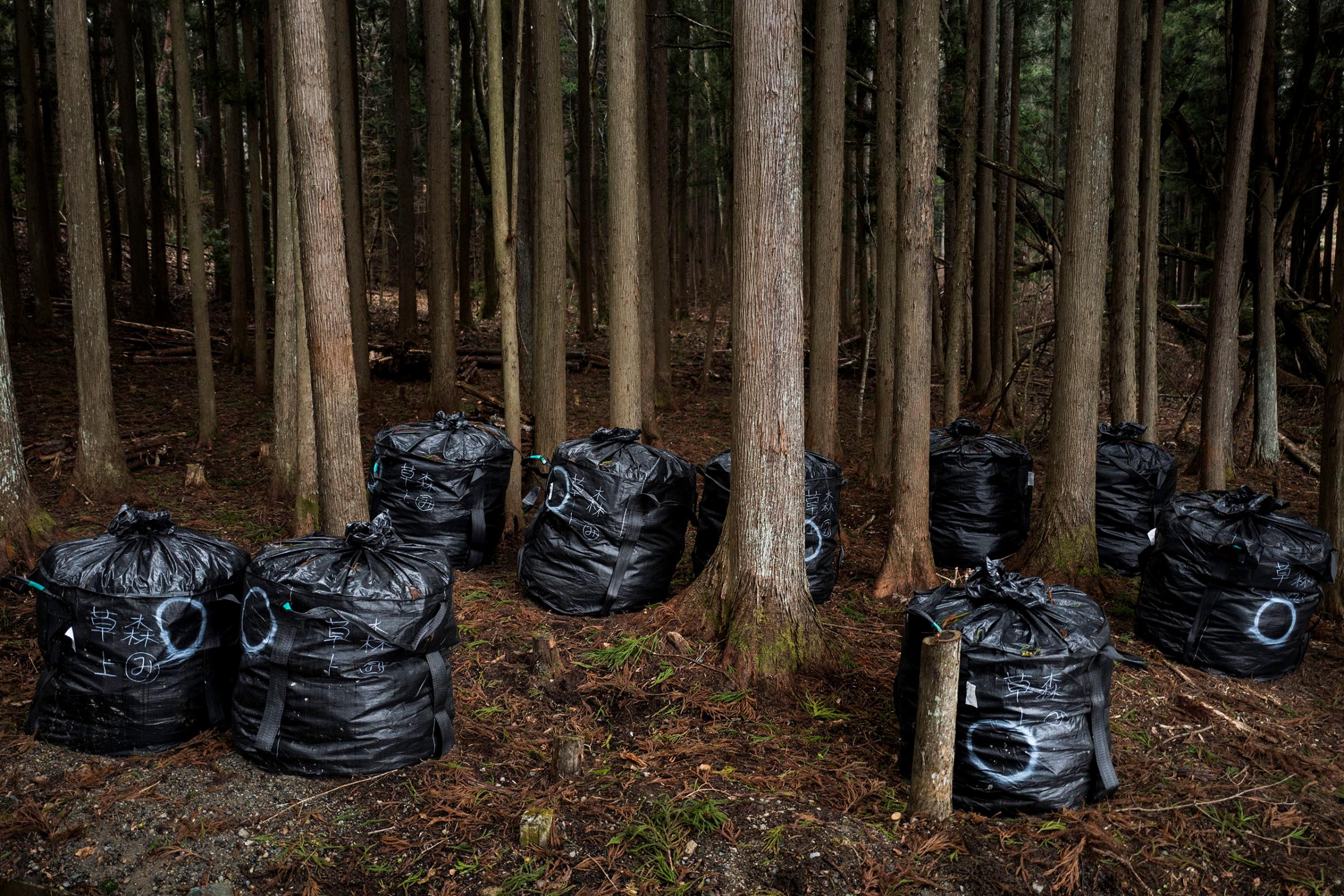

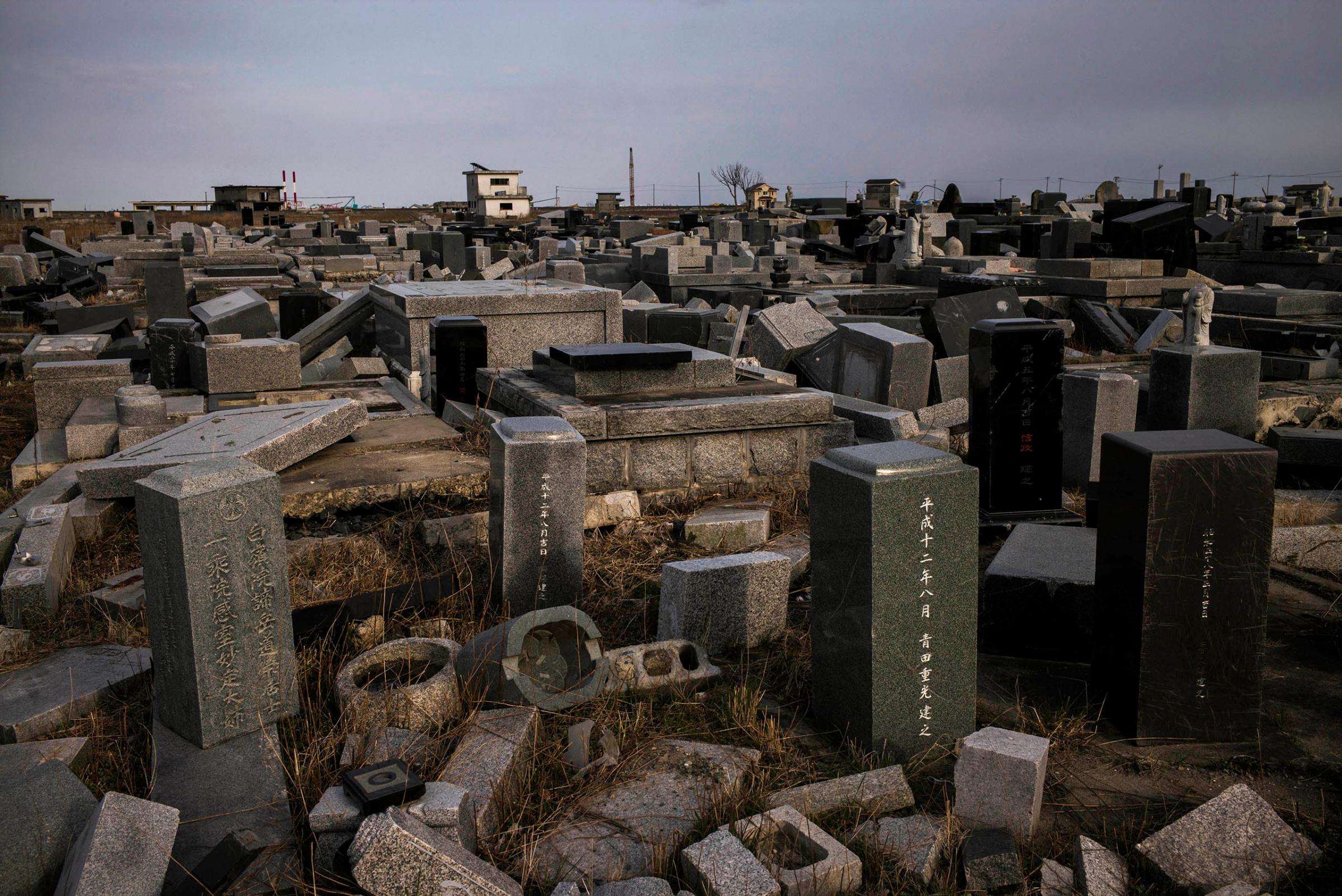
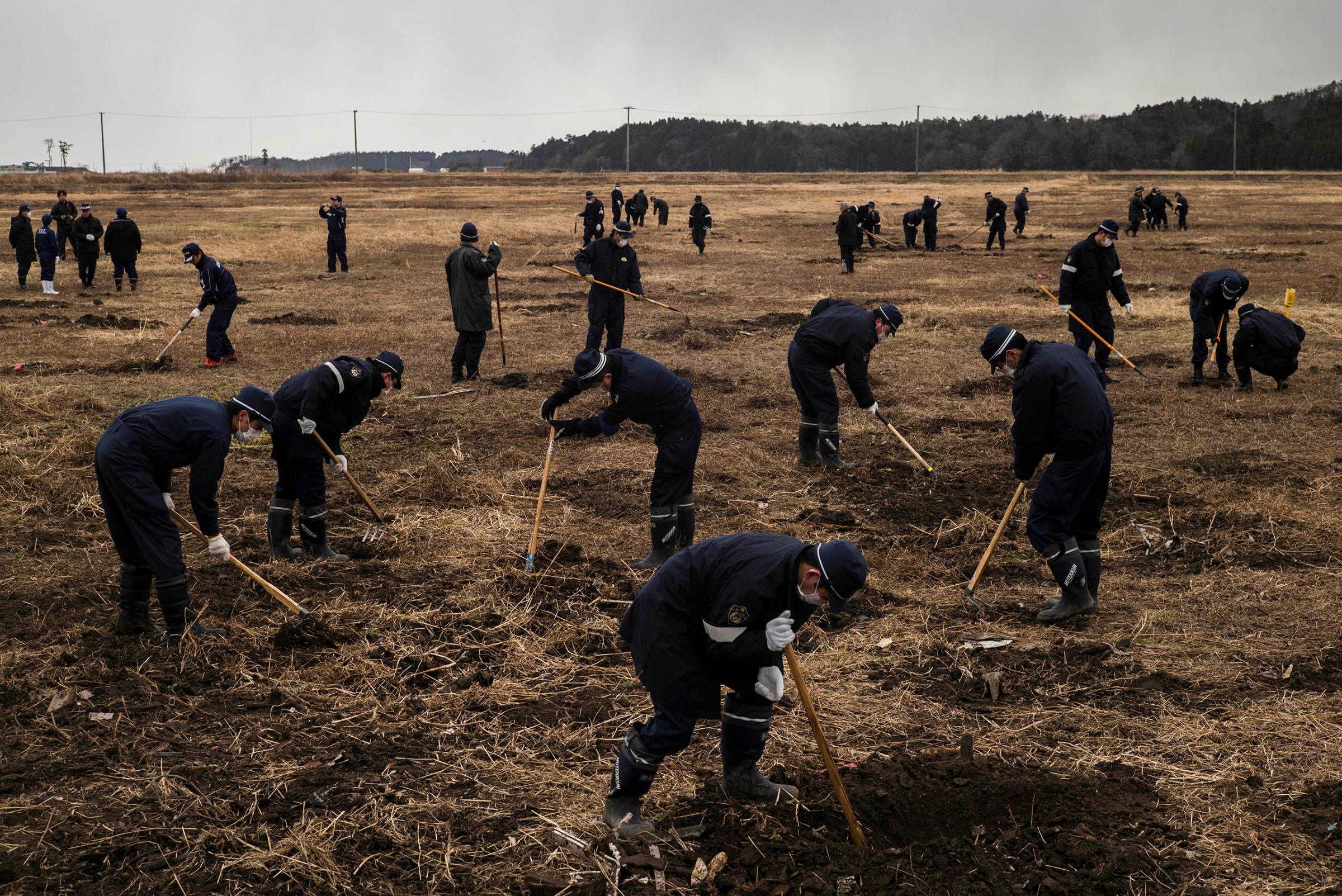
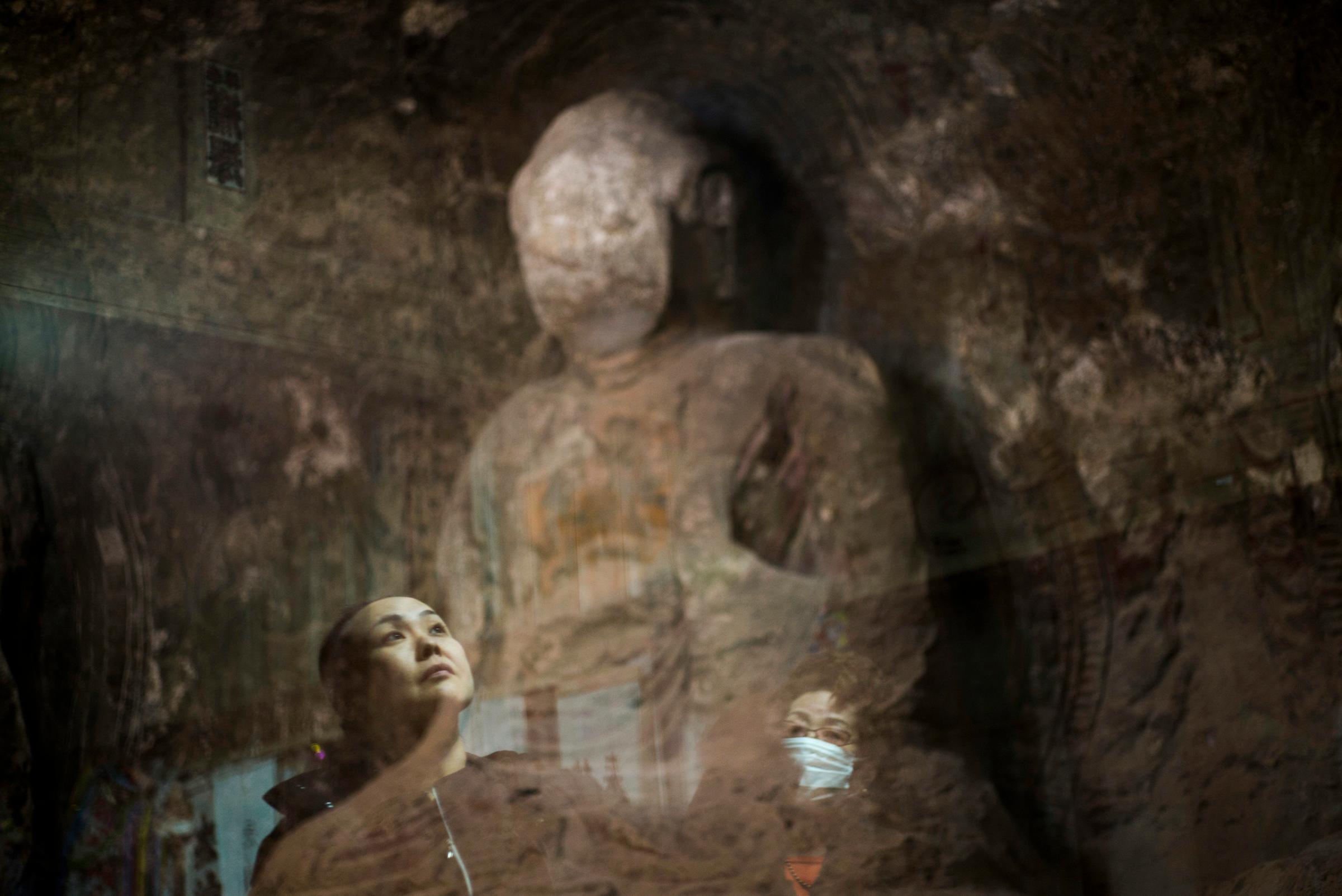
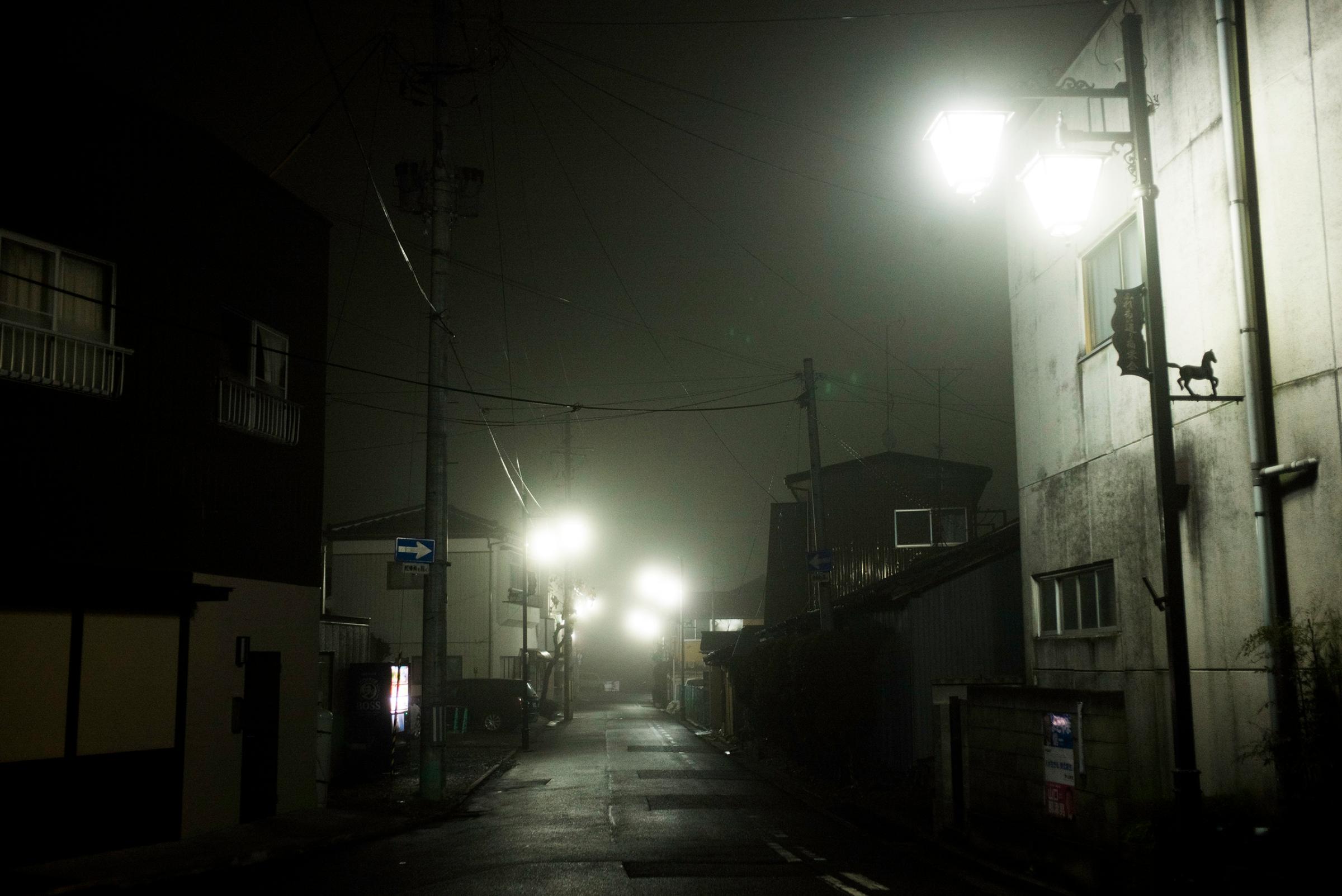
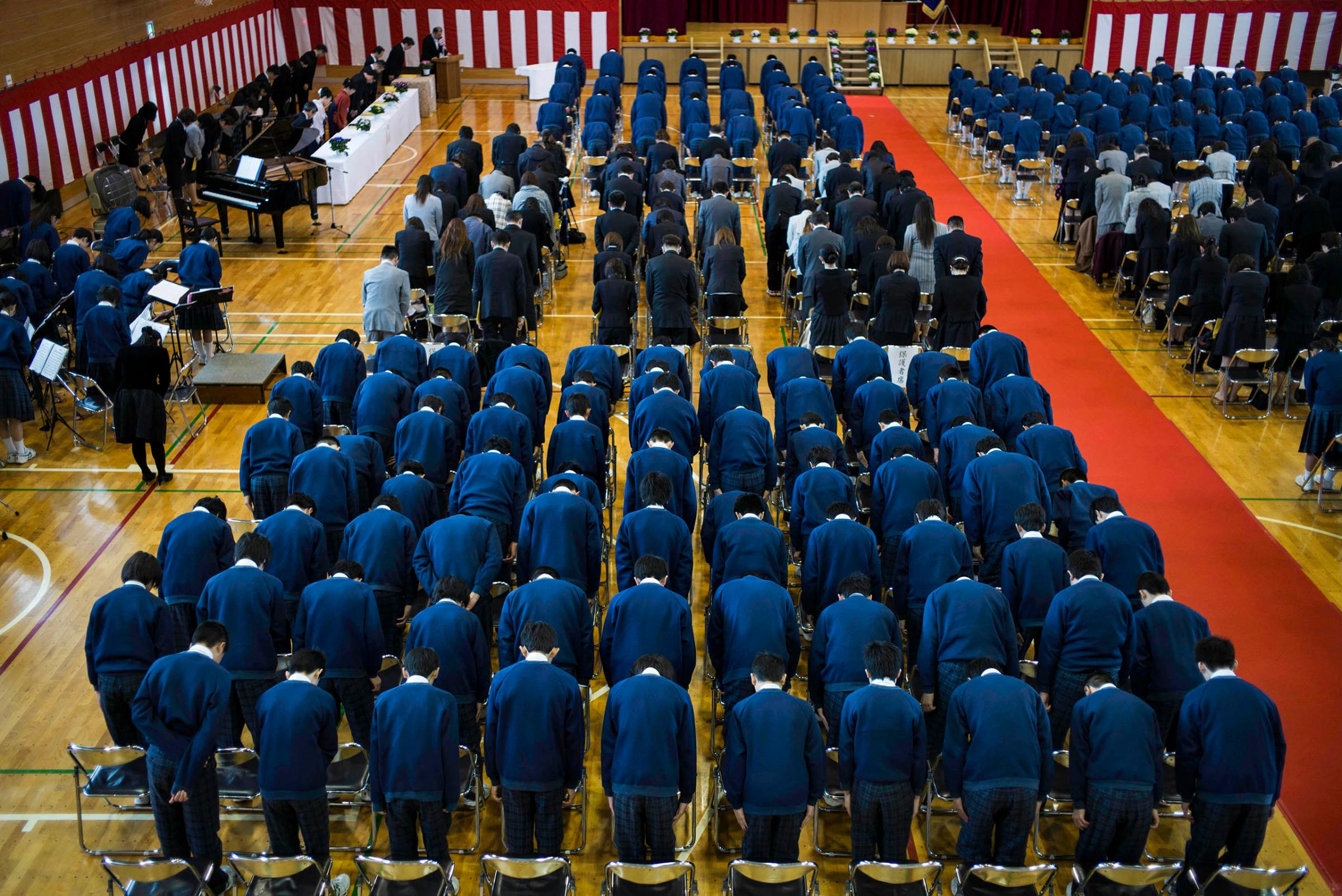
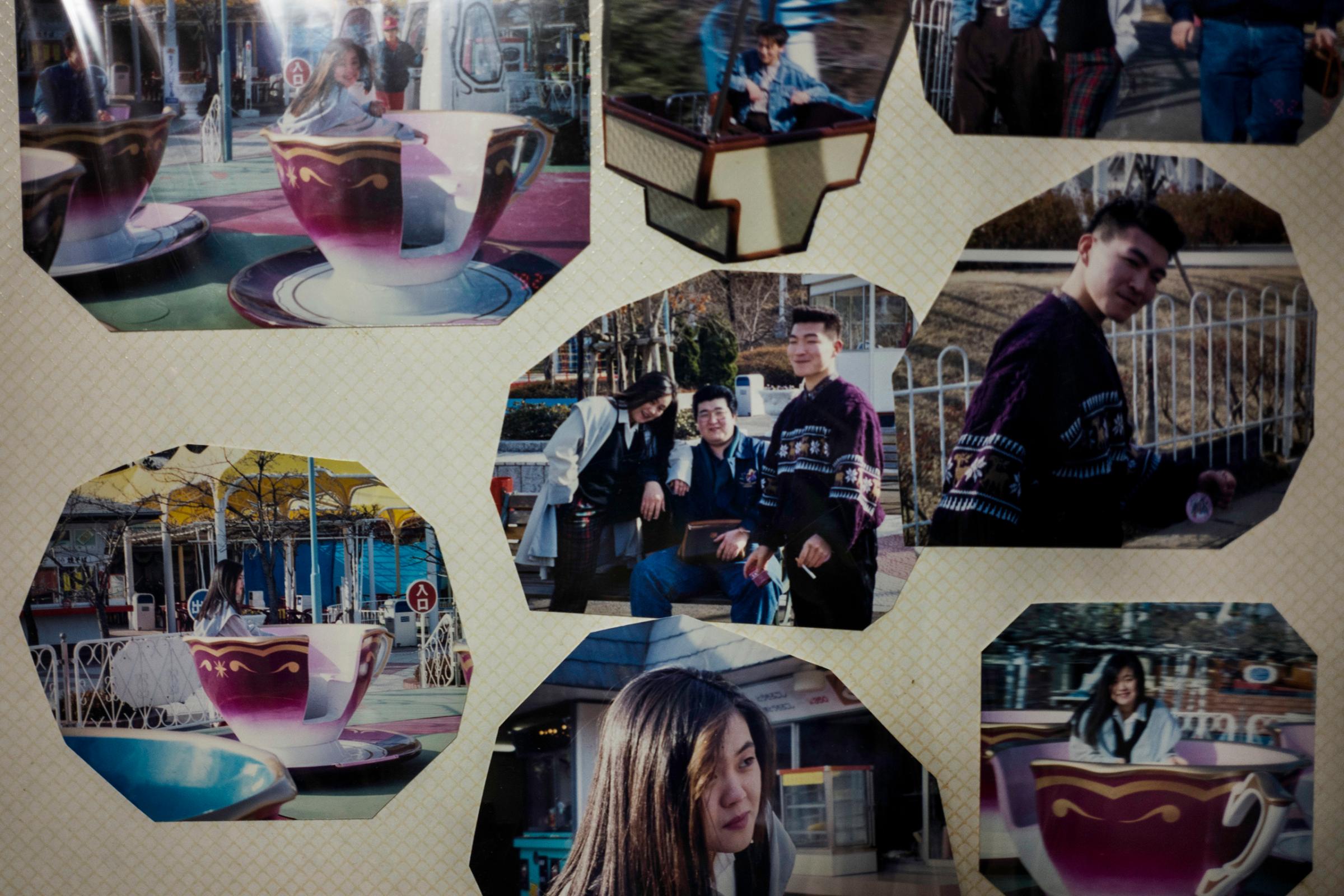
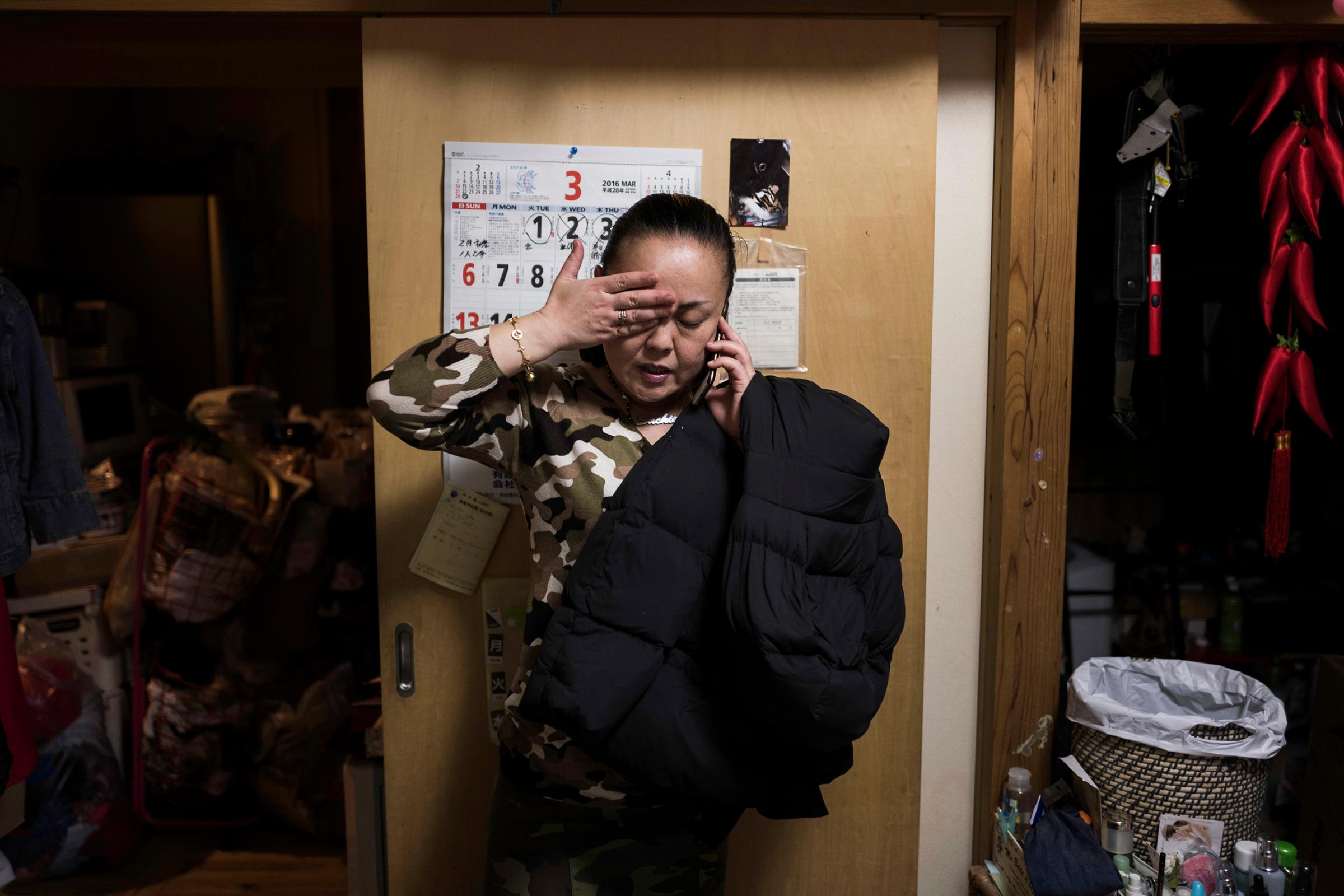
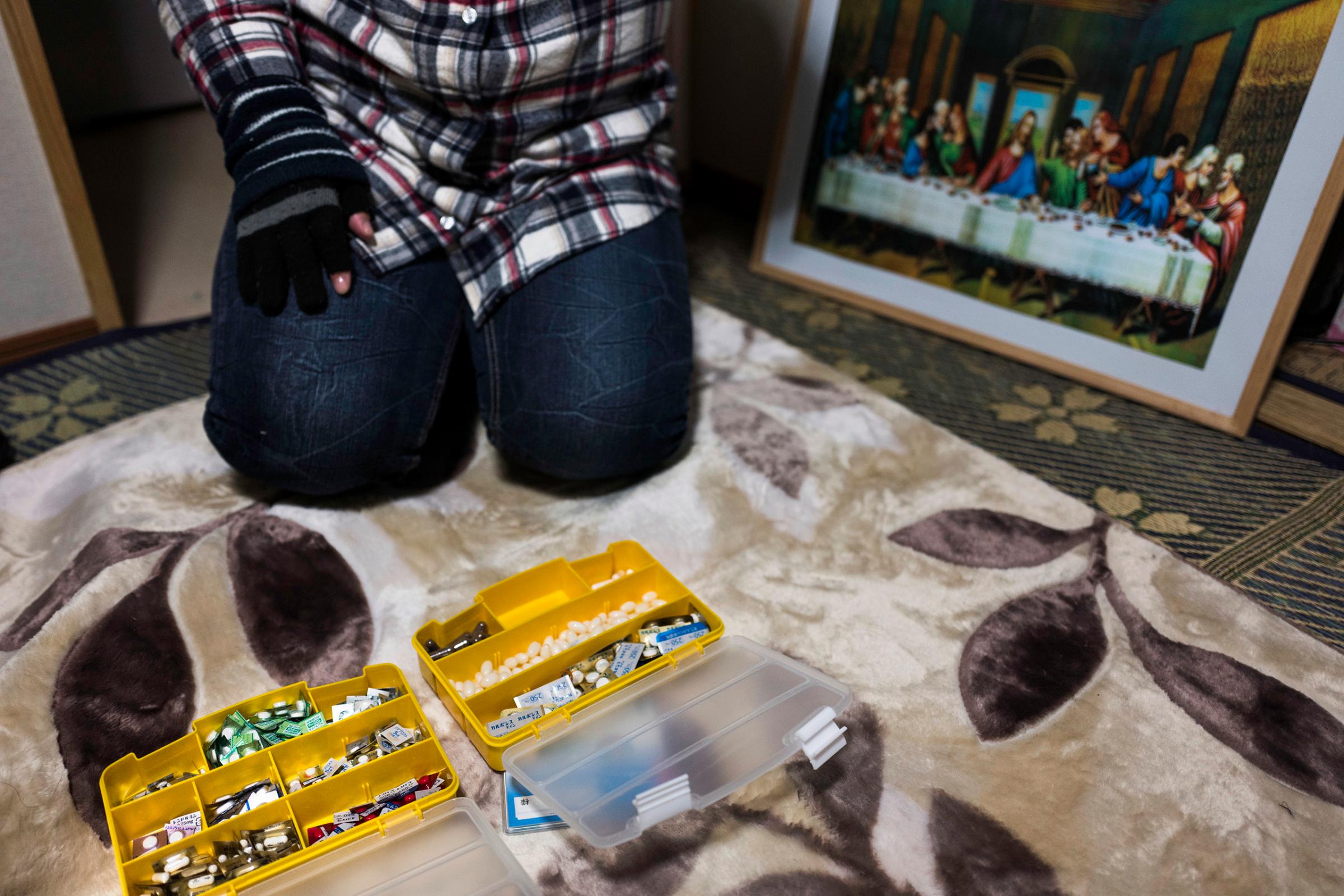


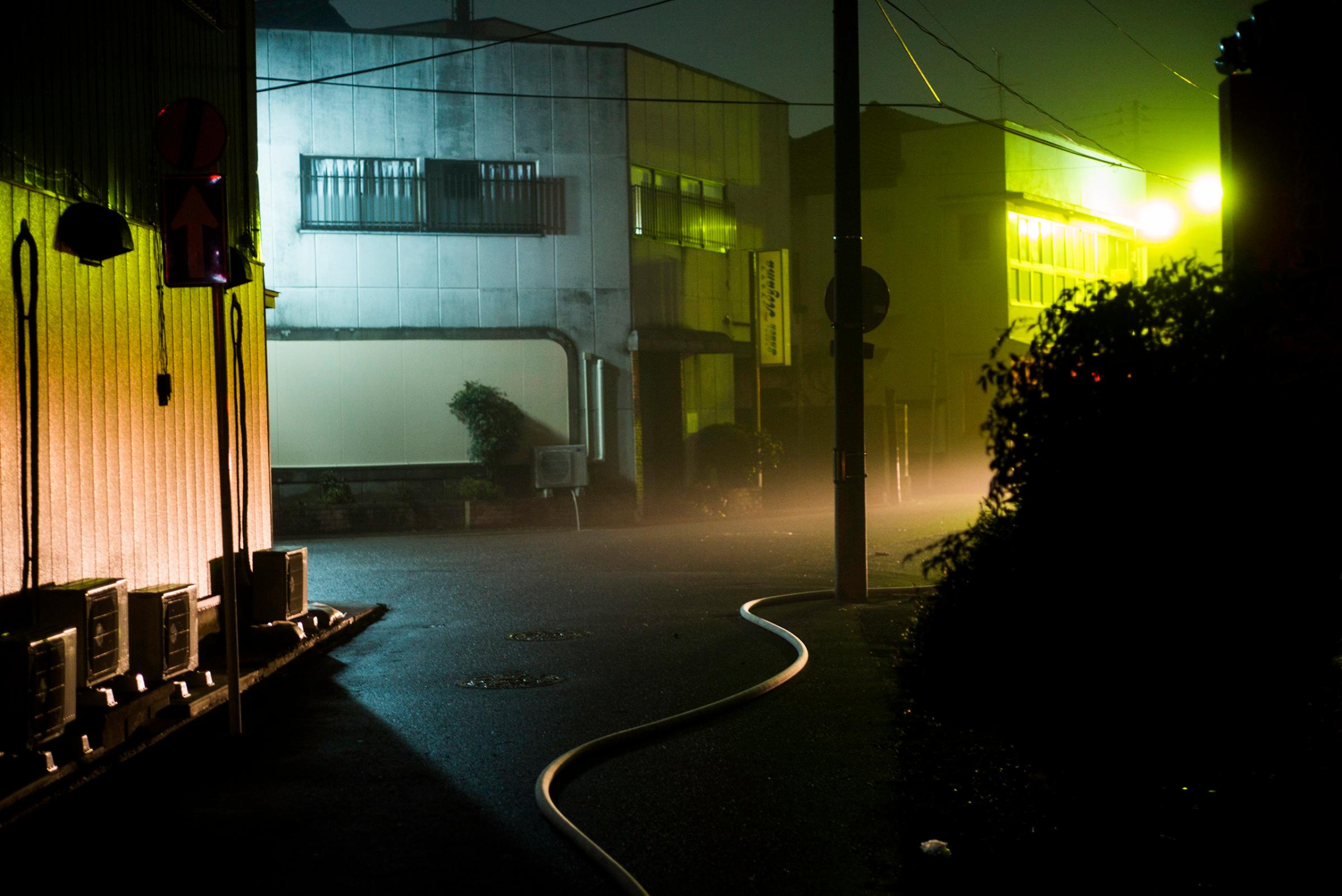

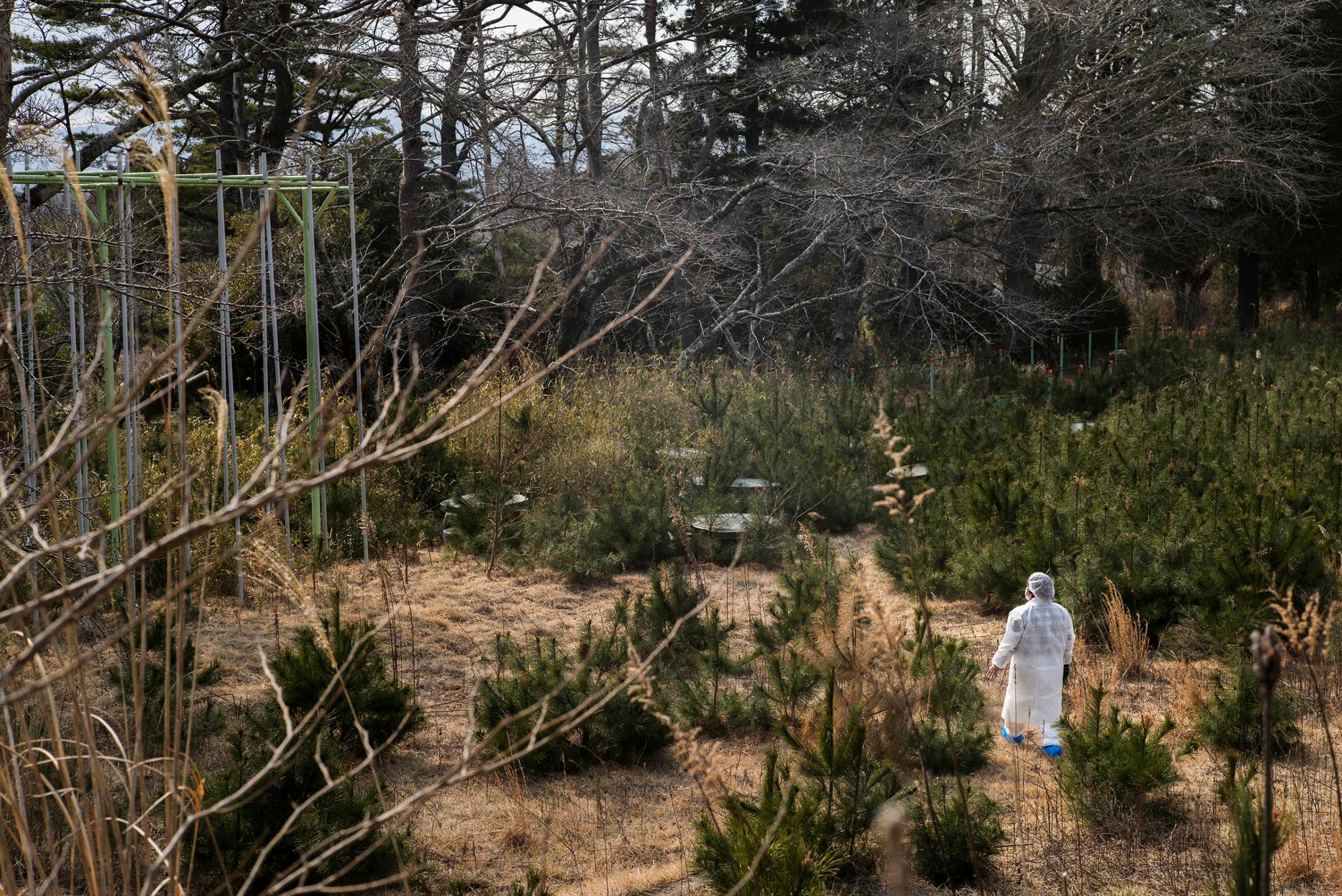
More Must-Reads From TIME
- The 100 Most Influential People of 2024
- The Revolution of Yulia Navalnaya
- 6 Compliments That Land Every Time
- What's the Deal With the Bitcoin Halving?
- If You're Dating Right Now , You're Brave: Column
- The AI That Could Heal a Divided Internet
- Fallout Is a Brilliant Model for the Future of Video Game Adaptations
- Want Weekly Recs on What to Watch, Read, and More? Sign Up for Worth Your Time
Contact us at letters@time.com